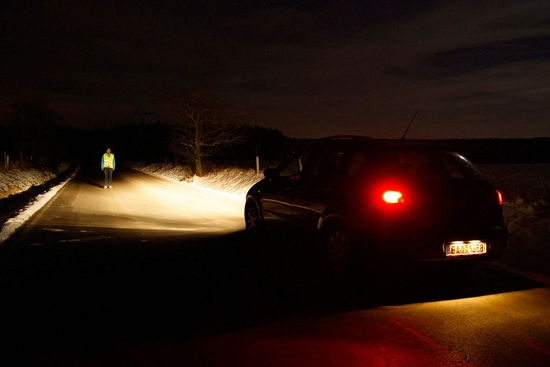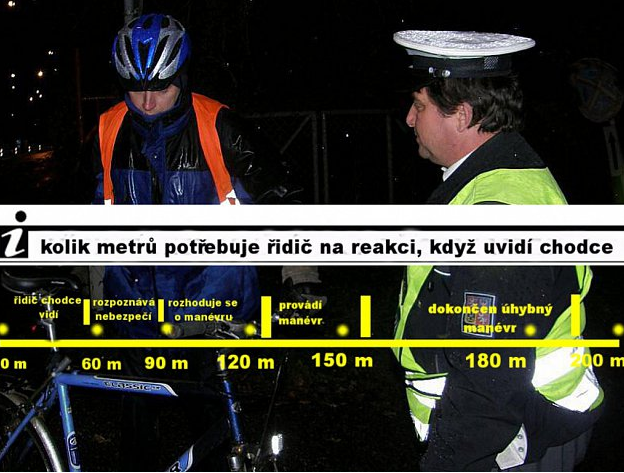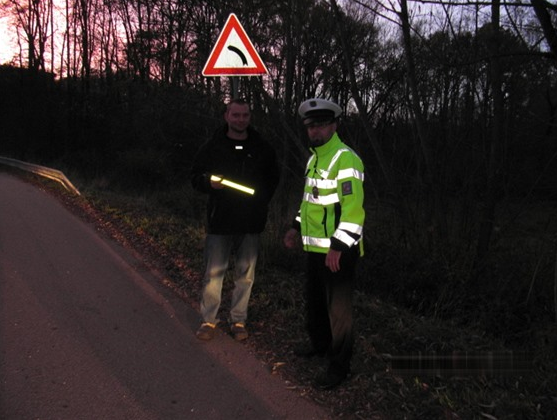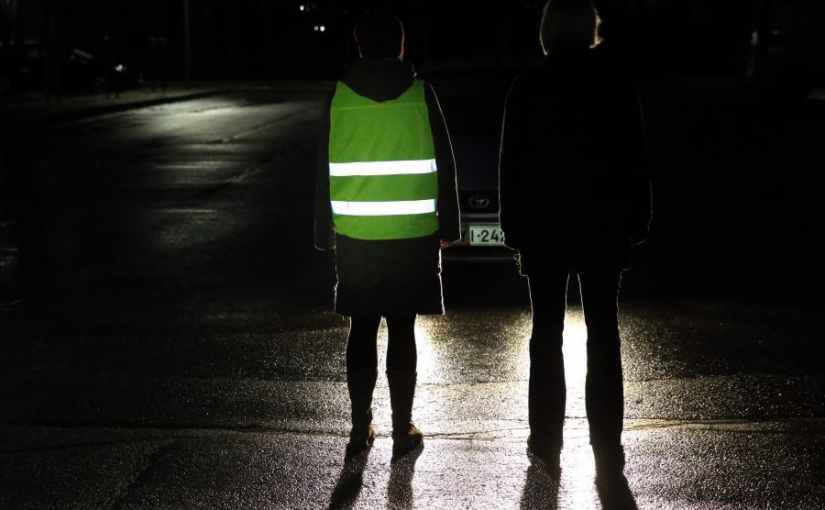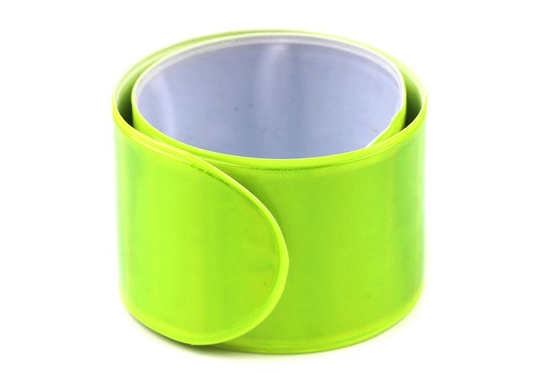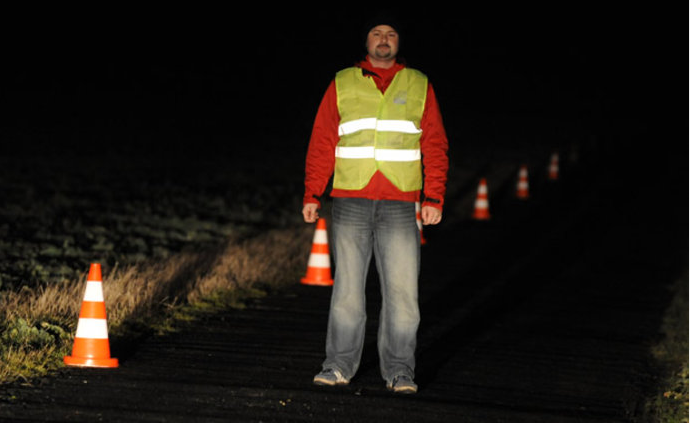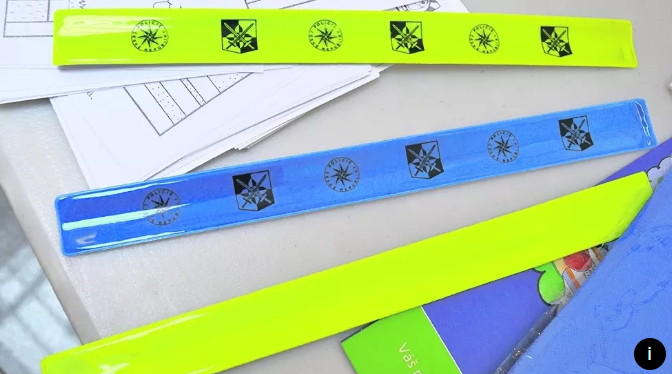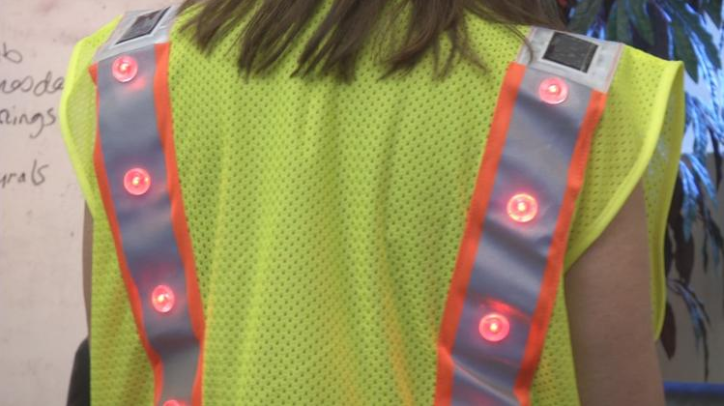This Saturday, February 20, will come into force an amendment to the Road Traffic Act, which introduces the obligation for pedestrians to wear a reflective element if they move outside the village by road in low visibility. Initially, the police will distribute reflective tapes.
The aim is primarily to prevent serious and fatal accidents caused by the fact that the pedestrian was not sufficiently visible on the road. Between 2012 and 2015, 523 pedestrians died on the roads, including 303 at night. Only last year, 72 people died and were not seen at night.
“A driver who meets pedestrians in black clothes at night has about 18 meters to respond adequately. At a speed of around 70 km / h, he has less than a second to perform the maneuver and avoid the crash,” says Tomas Neřold from the Ministry of Transport. “However, if a pedestrian is equipped with a reflective element, the distance over which the driver can recognize a pedestrian (reflective vest) increases up to 200 meters. This distance already gives him enough space to avoid pedestrians at these 70 km / h.”
The obligation to wear a reflective element applies from Saturday to pedestrians in those cases when it is moving outside the village in poor visibility (not only at night but also at dusk, fog, etc.) along the verge or at the edge of the road in a place not illuminated public lighting. “Of course, from safety, it is good to use reflective elements wherever there is a risk that the driver cannot safely recognize a pedestrian,” adds Neřold.
“You don’t have to wear a reflective vest, a high-quality retro-reflective material of a distinctive color (yellow, light green, orange, etc.) that is visible to other road users is enough. For example, a reflective tape placed on the leg or hand (ideally on both limbs) in the direction of the road is ideal,” says Neřold.
In the event of a breach of this obligation, there is a risk of a fine ranging from zero to CZK 2,000 blockwise, from CZK 1,500 to 2,500 in administrative proceedings. “Instead of imposing sanctions, however, police patrols will rather talk to people and give them reflective tapes and bags so that they do not break the law next time and move safely on the road,” adds Tomas Nerold.
The MF DNES test has verified that a pedestrian with a flashlight is best visible to the driver. Unfortunately, the flashlight is not a reflective element and does not comply with the law. Theoretically, a pedestrian can be fined for using it instead of reflective tape.
